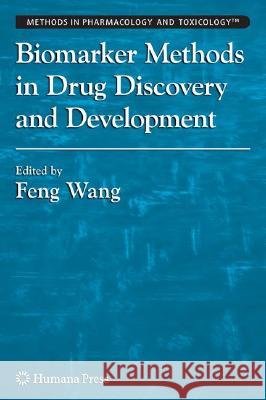Biomarker Methods in Drug Discovery and Development » książka
Biomarker Methods in Drug Discovery and Development
ISBN-13: 9781934115237 / Angielski / Twarda / 2008 / 396 str.
The pharmaceutical industry has faced many significant challenges since the early 1990s. The fundamental issue that needs to be addressed is how to improve the efficiency of drug discovery and development. The current research and development (R&D) cost for developing a new therapeutic drug is greater than $800 million. Additionally, it takes an average of 12 years to get a new drug to market with an attrition rate greater than 90%. Reviewing the overall pharmaceutical R&D process, it has become clear that many of the drug failures are due to our lack of knowledge in population diversity, which is responsible for differences in drug efficacy and toxicity. In fact, not a single approved drug is 100% safe and efficacious for all patients. For researchers, the key question is: How can we discover biomarkers that can be used to distinguish patients who will respond to the drug without adverse effects from those who will not respond and/or will have adverse effects? There is tremendous urgency to address this question. Biomarkers also fit perfectly with the vision of personalized medicine, the new expectation of medical practice. This is why biomarker research has been a central focus in many research labs across academia, government agencies, and the pharmaceutical industry. There are many different ways to define biomarkers based on molecular properties, applications, and methods.











